If a substantial chunk of these investment proposals materialises in real terms, after the recently concluded investors’ summit, Uttar Pradesh will leave the ‘Bimaru’ tag far behind. As the investors’ meet concluded, there was a triumphant mood in Lucknow’s secretariat building. The million dollar question is – will the Yogi government be able to act upon swiftly to materialise and make good use of the huge investment opportunities or will he let conceit and complacency set in, asks, Navodita, our Associate Editor, in the weekly column, exclusively for Different Truths.
The big news coming in from Uttar Pradesh this week is the UP investors’ summit which attracted huge amounts of investment along with some well-known industrialists’ interest in the state as a good investment destination. While deputy chief minister Dinesh Sharma and Keshav Prasad Maurya made a pitch for religious tourism in the state, Aditya Birla Group chairman Kumar Mangalam Birla addressed the audience saying they will invest Rs. 25,000 crore over the next few years. Additionally, making an emotional pitch, Mahindra Group chairman Anand Mahindra said that investing in UP was giving him a feeling of homecoming.
Along with this the Rs. 20,000 crore defence industrial corridor announced by PM Modi is the biggest ever project in the parched and tortuous Bundelkhand. If a substantial chunk of these investment 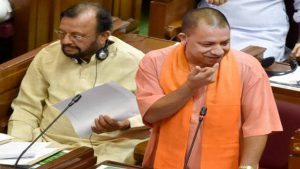 proposals materialises in real terms, Uttar Pradesh will leave the ‘Bimaru’ tag far behind. As the investors’ meet concludes, there was a triumphant mood in Lucknow’s secretariat building. The million dollar question is- will the Yogi government be able to act upon swiftly to materialize and make good use of the huge investment opportunities or will he let conceit and complacency set in? In all, the summit attracted investments worth Rs. 4.28 lakh crore.
proposals materialises in real terms, Uttar Pradesh will leave the ‘Bimaru’ tag far behind. As the investors’ meet concludes, there was a triumphant mood in Lucknow’s secretariat building. The million dollar question is- will the Yogi government be able to act upon swiftly to materialize and make good use of the huge investment opportunities or will he let conceit and complacency set in? In all, the summit attracted investments worth Rs. 4.28 lakh crore.
Hitting out at Yogi Adityanath-led BJP government, Mayawati termed it as a sheer waste of investors’ money. Issuing a press statement former chief minister of Uttar Pradesh said this money could have been used for constructive work for the poor and needy and also for the unemployed youth of the state as also to help farmers get rid of their loans. She added that such summits have become a fad for the BJP as after Maharashtra and other BJP-ruled states, they have tried to repeat it here. That there may be some steam in what she says is evident from the fact that despite investments in the past, the woes of migrant labourers remain unchanged.
For one, seasonal employment in the rural economy at a wage rate below subsistence level forces underprivileged labourers to migrate for survival. In a study by researcher Bhaskar Majumder, it was found that brick kilns in India are a major destination for migrant labourers, who are tied to them for the production season after accepting advance wages from agents. Based on the livelihood conditions of the migrant labourers and their indebtedness it is found that the migration is forced. The labourers remain in inter-kiln circulation but are prevented from moving on because of their limited skills and social networks. They return home to repay a never-ending debt and again receive advance wages for the next season- renewing a cycle of debt and migration for survival. Since the problem was debt bondage at the root, state action is urgent where it can make a dent on landlordism-cum-lending. It is such issues that the state government should be dealing with.
Another aspect where government spending needs to focus on is healthcare consumption within the state. The modest economic growth over the last decade has not resulted in the betterment of the health and 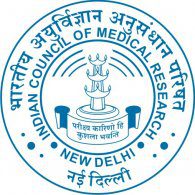 well-being of the people. In a study by researchers in Giri Institute of Development Studies, Lucknow, Indian Council of Medical Research and TISS, Mumbai, it was found that the high levels of morbidity and mortality, the high levels of poverty and the poor state of public health services are three interrelated and mutually synergistic features of contemporary Uttar Pradesh. Poverty leads to ill-health through many pathways: poor access to nutritious food, poor living and working conditions, inadequate time and support for childcare and so on. The study shows that amongst the states, in terms of the average out-of-pocket costs in public hospitals, UP has the third largest rank in rural areas and the second highest in urban areas. While it is true that much more can be done with money allocated, currently this should not divert us from the stark fact that per capita public healthcare expenditure in UP is amongst the lowest in India and in the entire world. For reasons of sustaining economic growth, reducing poverty and for improving the well-being of the people, it is time for increasing public investment in better quantity and quality of public healthcare services in the state.
well-being of the people. In a study by researchers in Giri Institute of Development Studies, Lucknow, Indian Council of Medical Research and TISS, Mumbai, it was found that the high levels of morbidity and mortality, the high levels of poverty and the poor state of public health services are three interrelated and mutually synergistic features of contemporary Uttar Pradesh. Poverty leads to ill-health through many pathways: poor access to nutritious food, poor living and working conditions, inadequate time and support for childcare and so on. The study shows that amongst the states, in terms of the average out-of-pocket costs in public hospitals, UP has the third largest rank in rural areas and the second highest in urban areas. While it is true that much more can be done with money allocated, currently this should not divert us from the stark fact that per capita public healthcare expenditure in UP is amongst the lowest in India and in the entire world. For reasons of sustaining economic growth, reducing poverty and for improving the well-being of the people, it is time for increasing public investment in better quantity and quality of public healthcare services in the state.
Moreover, time and again, UP has been an investment destination under various governments. However, there are huge disparities in development across different regions. Significant interregional development disparities plaguing UP are attributed to its unwieldy size. There is thus a strong prima facie case for the division of the state into smaller units to simply improve governance, development and facilitate management of incoming resources. Past experience lends reasonable support to the view that smaller states lead to better development outcomes. Punjab, Haryana and Himachal Pradesh which were carved out of Punjab in the mid-60s have emerged as leading states in economic development. The three new states Uttarakhand, Jharkhand and Chhattisgarh have also shown rapid growth in the recent period.
This investment is most definitely a welcome step but a greater achievement for the current government would be wise distribution and allocation of funds for development of industry and agriculture which will promote jobs, reduce unemployment and encourage better living conditions for farmers and labourers across the state.
©Navodita Pande
Photos from the Internet
#UttarPradesh #Chhattisgarh #Uttarakhand #Jharkahnd #Punjab #BimaruStates #Investment #IndianEconomy #GovernmentPolicy #India #Aamonomics #DifferentTruths

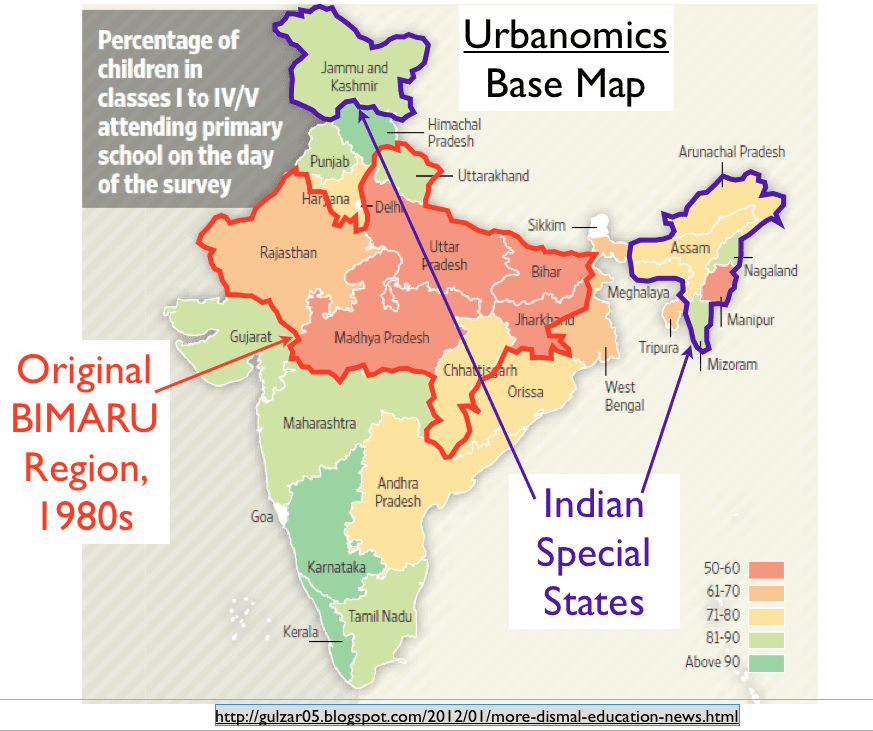
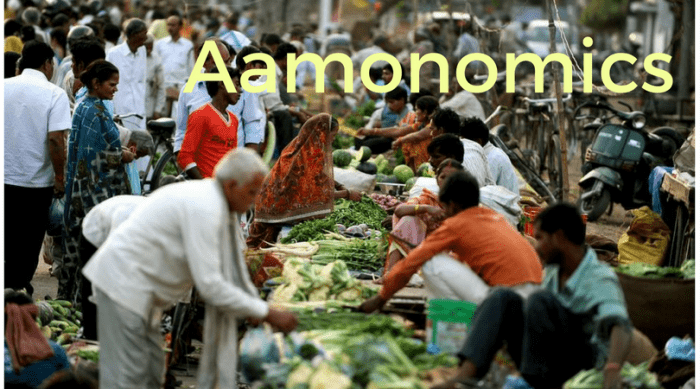


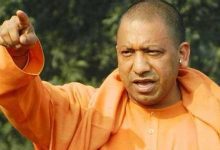

 By
By

